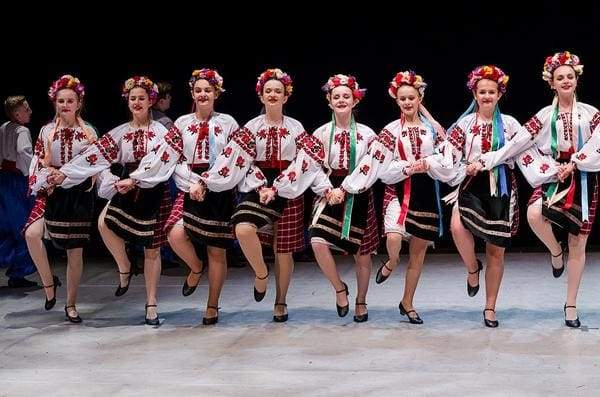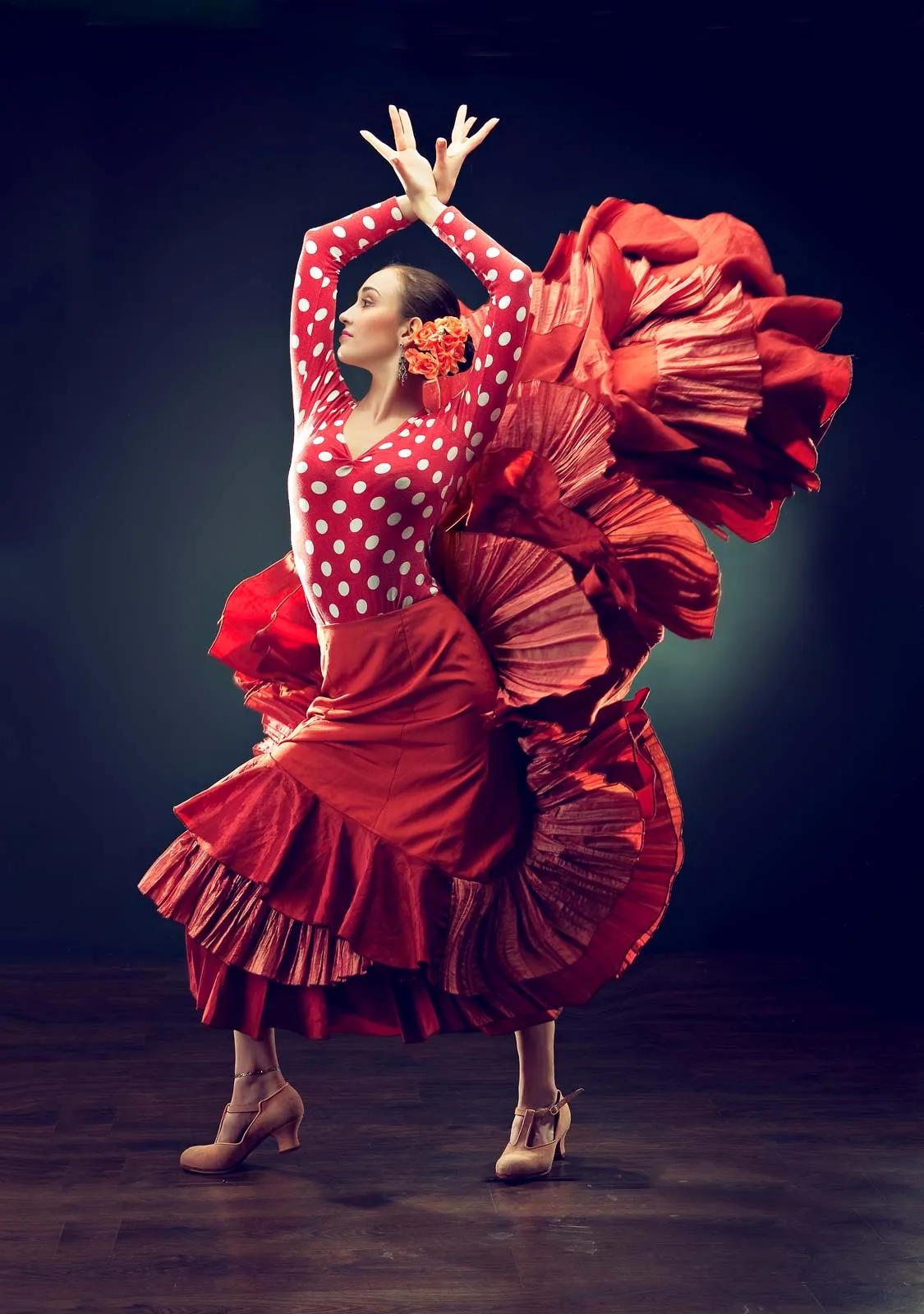Dance is a universal language that transcends borders and connects cultures through rhythm, movement, and expression. Folk dances and their origins provide a rich tapestry of history, tradition, and cultural identity. These dances are not merely artistic expressions; they are vital components of a community’s heritage, reflecting its values, stories, and way of life. From the lively jigs of Ireland to the intricate Bharatanatyam of India, exploring folk dances and their origins offers an enlightening journey into the heart of diverse cultures around the world.
The Highland Fling: A Scottish Tradition
The Highland Fling is one of Scotland’s most famous folk dances, celebrated for its vibrant movements and storied history. Originating from the Scottish Highlands, this dance is often performed during traditional Scottish gatherings, such as ceilidhs and Highland games. The Highland Fling is characterized by its energetic leaps and precise footwork, which showcase the dancer’s agility and strength. Traditionally performed by men, it involves a series of steps that mimic the movements of a stag. The dance is accompanied by bagpipe music, adding to its distinctive Scottish flavor. Exploring the Highland Fling reveals the connection between dance and Scotland’s rugged landscape and warrior traditions.
The Flamenco: Passionate Dance of Spain
Flamenco, a dance form deeply rooted in the Andalusian region of Spain, is renowned for its passionate expression and intricate footwork. Combining elements of Spanish, Gypsy, and Moorish traditions, Flamenco tells stories of love, sorrow, and joy through its dramatic movements and soulful music. The dance is performed in various styles, including the lively Alegrias and the intense Soleá, each characterized by specific rhythms and emotional undertones. Flamenco dancers often wear elaborate costumes and use castanets or fans to accentuate their movements. This dance form reflects Spain’s rich cultural heritage and the diverse influences that have shaped its artistic traditions.

The Hula: Hawaiian Rhythms and Stories
The Hula is a traditional dance from Hawaii that encapsulates the island’s natural beauty and cultural stories. Performed to the accompaniment of chants and traditional Hawaiian instruments like the ukulele and pahu drum, the Hula combines graceful movements with storytelling. Dancers use their hands and body to convey narratives about Hawaiian mythology, history, and nature. The dance is often performed during ceremonies and celebrations, such as luaus and cultural festivals. The Hula’s origins are deeply intertwined with Hawaiian spirituality and community life, offering a window into the island’s cultural practices and reverence for nature.
The Kathak: Classical Dance of India
Kathak is a classical dance form from northern India that blends storytelling with intricate footwork and expressive gestures. Originating from the temples of ancient India, Kathak was traditionally performed by storytellers or “kathakars” who used dance to narrate mythological tales and historical events. The dance is characterized by its fast spins, rhythmic footwork, and graceful movements. Kathak incorporates elements of both Hindu and Mughal traditions, reflecting India’s diverse cultural heritage. Performances often include elaborate costumes and live musical accompaniment, making Kathak a vibrant expression of India’s rich artistic history.
The Cossack Dance: A Ukrainian Tradition
The Cossack Dance is a traditional folk dance from Ukraine that showcases the strength, agility, and bravery of the Cossack warriors. Known for its high jumps, fast footwork, and acrobatic moves, the dance is performed to celebrate historical events and cultural festivals. The Cossack Dance is often accompanied by lively folk music and involves dynamic group formations that reflect the camaraderie and spirit of the Cossack community. The dance’s energetic movements and distinctive style make it a key component of Ukrainian cultural identity and a symbol of national pride.

The Irish Jig: A Lively Celebration of Irish Heritage
The Irish Jig is a quintessential folk dance that embodies the lively spirit and rich traditions of Ireland. This dance is characterized by its rapid footwork and rhythmic patterns, performed to the accompaniment of traditional Irish music, such as fiddles and flutes. The Irish Jig has various forms, including the single jig, double jig, and slip jig, each with its own tempo and style. The dance is often featured in Irish cultural events, such as St. Patrick’s Day celebrations and Irish dance competitions. The Irish Jig’s infectious rhythm and joyful movements reflect Ireland’s vibrant cultural heritage and its love for music and dance.
The Tango: Sensual Dance of Argentina
The Tango, born in the working-class neighborhoods of Buenos Aires, Argentina, is a dance of passion and romance. Characterized by its close embrace, dramatic pauses, and intricate footwork, the Tango reflects the cultural melting pot of Argentina, blending influences from African, European, and indigenous traditions. The dance is performed in various styles, including the traditional Argentine Tango and the more contemporary Nuevo Tango. Tango music, with its evocative melodies and rhythms, complements the dance’s expressive movements. The Tango’s origins and evolution reveal the deep connection between dance and Argentine cultural identity.
The Ballet Folklórico: Mexican Cultural Heritage
The Ballet Folklórico is a vibrant dance tradition from Mexico that celebrates the country’s diverse cultural heritage through colorful costumes and lively performances. The dance repertoire includes a wide range of regional styles, such as the elegant Jarabe Tapatío (Mexican Hat Dance) and the energetic Danza de los Viejitos (Dance of the Little Old Men). Each dance represents different aspects of Mexican history, folklore, and traditions. The Ballet Folklórico is often performed during festivals and cultural events, showcasing Mexico’s rich artistic and cultural diversity.
The Maori Haka: Traditional Dance of New Zealand
The Haka is a traditional dance performed by the Maori people of New Zealand, known for its powerful movements and vocal expressions. Originally used as a war dance, the Haka is now performed during ceremonial events and celebrations, including sports matches and cultural festivals. The dance involves synchronized movements, chants, and facial expressions that convey strength, unity, and respect. The Haka’s origins are deeply rooted in Maori tradition and spirituality, making it a significant cultural expression and a symbol of national pride.
The Balkan Kolo: A Community Dance Tradition
The Kolo is a traditional folk dance from the Balkan region, characterized by its communal nature and rhythmic patterns. Performed in a circle, the Kolo involves participants holding hands and dancing in unison to lively folk music. The dance is a central part of social gatherings and celebrations, reflecting the strong sense of community and cultural identity in the Balkans. The Kolo’s lively movements and collective spirit highlight the importance of dance in fostering social connections and preserving cultural traditions.
Folk dances and their origins provide a fascinating glimpse into the cultural fabric of communities around the world. Each dance reflects the values, history, and artistic expressions of its people, offering a unique window into their heritage. From the Highland Fling in Scotland to the Hula in Hawaii, exploring these traditional dance forms reveals the rich diversity and universal appeal of dance as a form of cultural expression.


